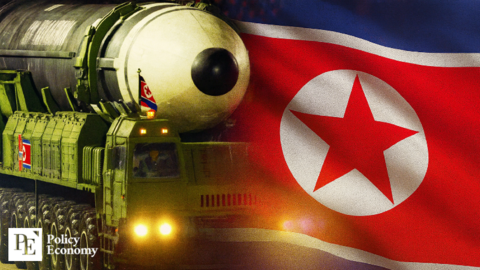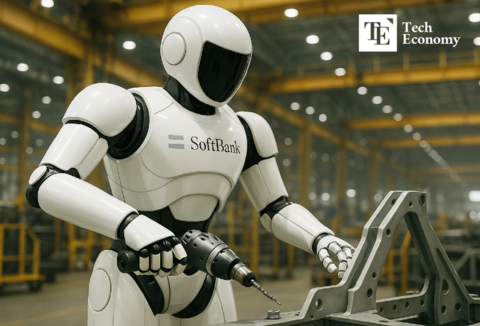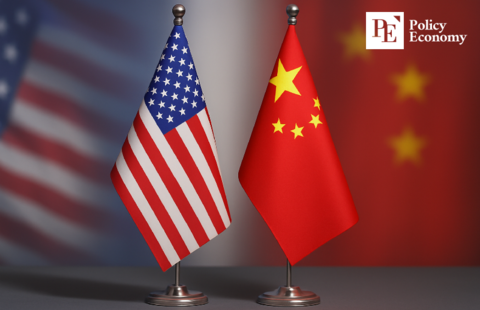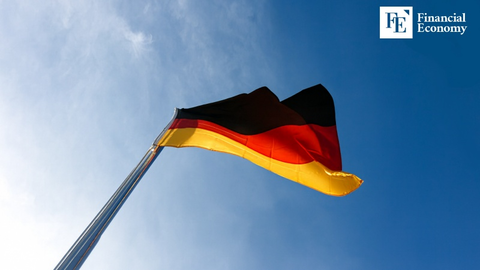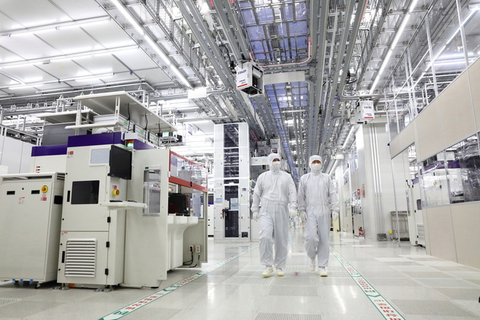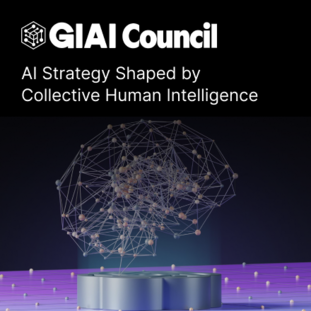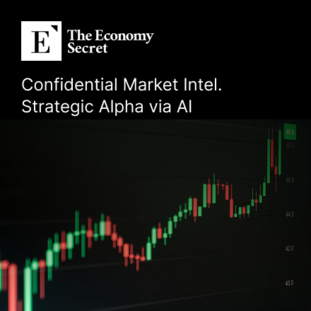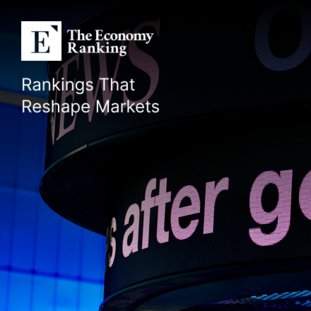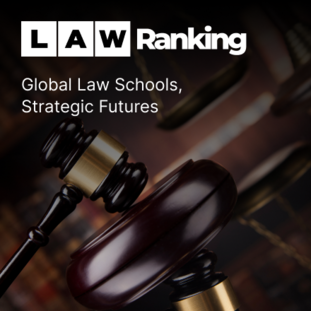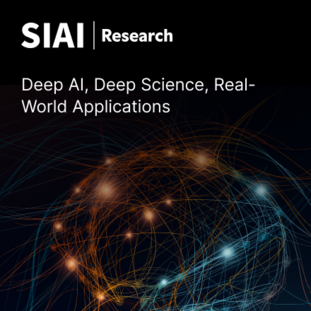Caught in the 'Stagflation Dilemma': Will the U.S. Federal Reserve Continue to Hold Interest Rates Steady?
Input
Modified
Fed Holds Interest Rates, Projects Rising Unemployment and Inflation Stagflation Crisis Deepens, Leaving the Fed in a Dilemma "Inflation Takes Priority" — June Rate Hold Seen as Most Likely Scenario
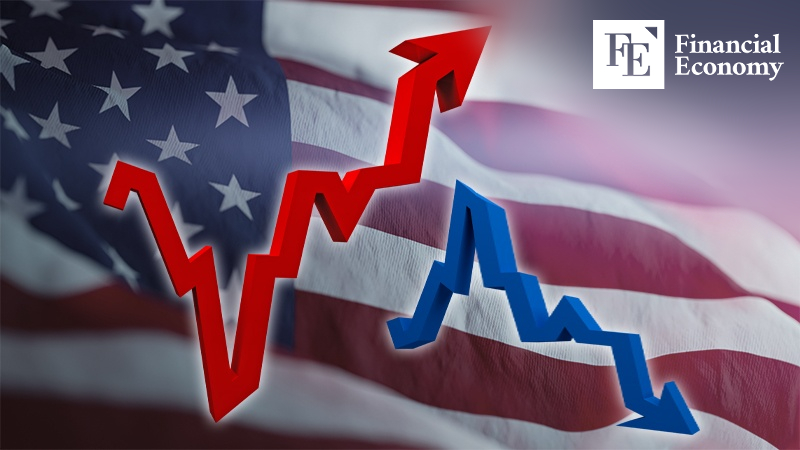
The U.S. Federal Reserve is facing one of its most complicated economic challenges in recent memory: the dual threat of high inflation and economic stagnation—a scenario known as stagflation. In its latest policy decision, the Fed chose to keep interest rates unchanged, a move reflecting both strategic caution and growing concern. As inflation hovers above target and trade uncertainties escalate under the Trump administration’s aggressive tariff policies, the Fed is being pulled in opposite directions. It must now decide whether to protect growth or stamp out inflation—knowing that acting on one front could worsen the other.
The Fed’s Cautious Balancing Act
On May 7, the Federal Open Market Committee (FOMC) voted to hold the benchmark federal funds rate at a range of 4.25% to 4.50%. This marked another month of policy pause, signaling a more guarded approach to managing economic uncertainty. The FOMC’s policy statement included a crucial new addition: language explicitly acknowledging the rising risks of both inflation and unemployment. This insertion—subtle but telling—underscored the Fed’s growing awareness of a potential stagflation scenario.
During the post-meeting press conference, Chair Jerome Powell was candid in his warnings. He stated that if the newly imposed high tariffs remain in place, the most likely outcomes would be higher inflation, slower economic growth, and increased unemployment. These three indicators—when seen together—are classic symptoms of stagflation and reflect an economic environment that is unusually resistant to conventional monetary tools.
The financial sector quickly picked up on this shift in tone. JP Morgan noted that the Fed’s unchanged rate decision was expected, but the addition of language referencing inflation and unemployment risks marked a significant development. Rather than signaling a hawkish or dovish pivot, it reflected deeper unease about structural threats emerging from trade policy. Daiwa Securities echoed the concern, suggesting that the FOMC’s updated language revealed not just policy caution, but an acknowledgment of the complex economic tightrope the Fed now must walk. These changes indicate that stagflation is no longer a peripheral concern but a core issue in monetary policy discussions.
Historical Echoes and Present Parallels
The fear of stagflation conjures powerful historical parallels. Economists and policymakers recall the 1970s as the quintessential example of stagflation. During that period, the U.S. economy was under immense pressure: expenditures had ballooned due to the Vietnam War and expanding social programs, while the 1973 Yom Kippur War triggered an oil embargo by Arab nations against the U.S. and its Western allies. This embargo sent oil prices skyrocketing—from just $2–3 per barrel in the early 1970s to $35 per barrel by 1980.
The impact was devastating. By 1974, U.S. economic growth had fallen into negative territory, registering at -0.5%, while inflation surged to a staggering 11.1%. It was the worst of both worlds: consumer purchasing power plummeted, job creation stagnated, and the Fed was left with no easy policy tools. Raising interest rates to fight inflation risked worsening the economic downturn; lowering them to stimulate growth risked fueling even higher prices.
Fast-forward to today, and the U.S. faces a similar predicament. While inflation is no longer in double digits, it remains above the Fed’s 2% target—driven in part by the ripple effects of global supply chain disruptions and trade tensions. At the same time, growth is slowing, and fears of recession are simmering. The Fed is acutely aware that any wrong move—whether too aggressive or too passive—could tip the scales in the wrong direction.
In a typical economic slowdown driven by weak demand, central banks can intervene confidently with stimulus measures. But stagflation ties their hands. Efforts to stimulate demand could exacerbate inflation, while anti-inflationary measures could deepen the recession. As such, the Fed’s decision to pause is less about indecision and more about waiting for clearer signals in a highly ambiguous economic climate.
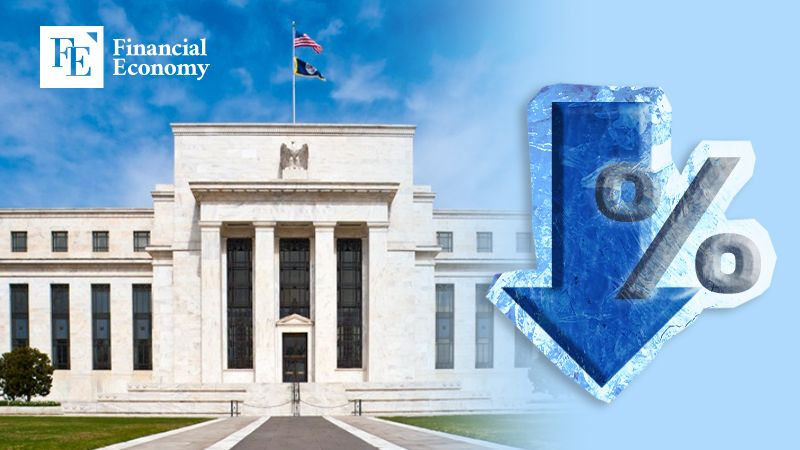
Rising Expectations for a Prolonged Rate Pause
As market analysts and investors absorb the Fed’s message, there’s growing consensus that interest rate cuts are unlikely in the near term. Market watchers are now increasingly betting that rates will remain unchanged through June—and possibly beyond. One market insider explained that with inflation still far above the Fed’s 2% goal and tariff-related uncertainty mounting, the central bank has little choice but to prioritize price stability over growth acceleration.
Recent data reinforces that perspective. According to the U.S. Bureau of Economic Analysis, the core Personal Consumption Expenditures (PCE) price index—the Fed’s preferred inflation gauge—rose by 2.6% year-over-year in March 2025. Though this is an improvement from previous peaks, it remains well above target.
Investor behavior is shifting in real time. The CME Group’s FedWatch tool, which gauges expectations using interest rate futures, shows a sharp decline in anticipated rate cuts. As of May 7, the probability of a 0.25 percentage point cut at the June FOMC meeting had fallen to just 20%, down dramatically from 63.2% just a week earlier. Conversely, the likelihood of a rate hold in June surged to 80%, compared to only 32.9% at the end of April.
South Korean analysts are echoing this cautious view. Woo Hye-young of LS Securities pointed out that Powell repeatedly emphasized his willingness to “wait and watch” rather than act prematurely. He also noted that the “cost of waiting is relatively low,” which suggests a preference for steady policy over preemptive rate moves. Woo added that Powell explicitly distanced the current environment from that of 2019, when the Fed made early rate cuts in anticipation of downturns.
Ahn Ye-ha of Kiwoom Securities further supported this position, forecasting that any potential rate cut would likely come in July rather than June. With no clear signs of economic contraction in the latest April data, Ahn argued, “It would be difficult for the Fed to justify immediate action.”
The broader takeaway from analysts and market behavior is clear: rate cuts are not off the table, but they are no longer imminent. The Fed’s cautious stance reflects its intent to carefully navigate one of the most complex macroeconomic environments in decades—one where inflation, trade friction, and employment trends are pulling in different directions.


